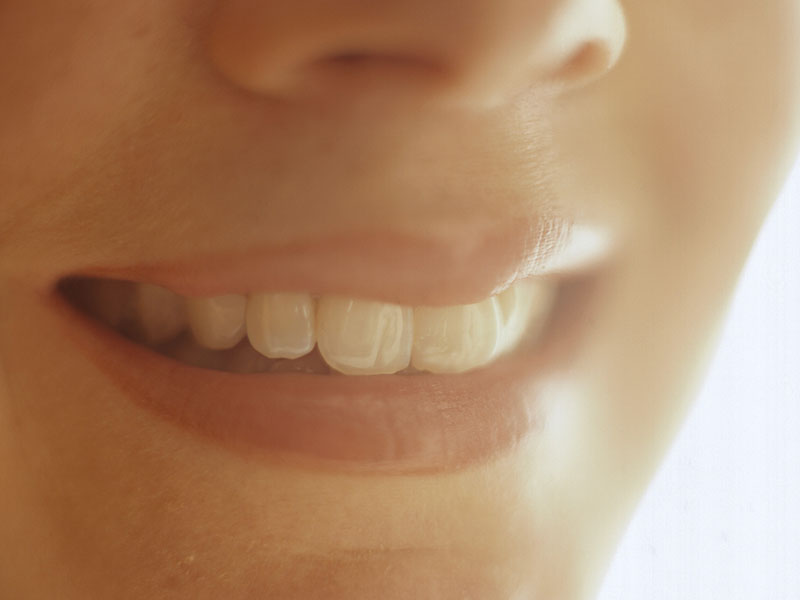

DIY Teeth-Straightening: Don't Try This at Home
Dangers lurk when rubber bands, paper clips and other tools are used to avoid the orthodontistFriday, March 3, 2017

THURSDAY, March 2, 2017 (HealthDay News) -- An orthodontist recalled a patient who devised her own means of straightening two wayward teeth.
"The patient tried to close a gap between her lower incisors by wrapping string around the two teeth," the orthodontist explained.
But the do-it-yourself method brought only trouble.
"I was horrified to see the string deep in the gum and the severe mobility in the two teeth," the unnamed orthodontist said.
Examples of people attempting to straighten their own teeth -- often using dubious "how-to" guides accessed on the Internet -- is on the rise, according to a survey by the American Association of Orthodontists (AAO).
People are resorting to the use of potentially dangerous objects such as rubber bands, string, paper clips and fake retainers to circumvent the orthodontists' office, the AAO said.
But this type of jerry-rigged orthodontics can lead to permanent damage, the group warns.
"What most people don't understand is that moving teeth is a biological process that involves bone that dissolves and rebuilds as teeth are moved into their new positions," AAO president DeWayne McCamish said in a news release from the organization.
"Moving teeth is best done under the direct supervision of an orthodontist after an in-person assessment, including complete diagnostic records," he said.
Social media has played a significant role in the dangerous do-it-yourself orthodontics trend, McCamish added. "There are literally hundreds of videos on YouTube alone, with 'tutorials' on how to straighten your own teeth," he said.
In the new survey, AAO members were queried on their experiences with patients who attempt to straighten their own teeth.
The survey found that nearly 13 percent of the orthodontists said they'd had patients -- ranging from the age of 8 to over 60 -- who tried to fix their own teeth by pushing on their teeth, biting on pencils or using a variety of household items, including paper clips.
In some cases, those who tried to straighten their teeth caused irreversible problems, the survey authors noted.
"It's really a shame when someone comes in after attempting DIY orthodontic treatment and we determine that the damage they've done to their teeth is so extensive that teeth cannot be saved," McCamish said.
"By the time a lay person recognizes something is wrong with their teeth, it may not be reversible, even with professional help," he said.
"The cost of dealing with replacing a lost tooth can easily exceed $20,000 over a lifetime and certainly be much less than ideal," McCamish said. "You have to remember that the goal of good orthodontic treatment is obtaining a healthy, beautiful smile for a lifetime -- shortcuts can be disastrous."
Of the orthodontists who said they'd had patients who tried to straighten their own teeth, 39 percent said they had to then provide treatment to correct damage that had been done as a result.
Most of the orthodontists polled believed that their patients would actually have saved time and money if they had gotten professional help to straighten their teeth.
"If it's a matter of economics, many orthodontists do an initial consultation at no cost and with no obligation," McCamish explained. "It's an opportunity to get the expert's opinion about your problem, options to resolve it and, in so doing, avoid the unintended harmful consequences that could result from DIY treatment."
SOURCE: American Association of Orthodontists, news release, Feb. 23, 2017
HealthDay
Copyright (c) 2017 HealthDay. All rights reserved.
News stories are written and provided by HealthDay and do not reflect federal policy, the views of MedlinePlus, the National Library of Medicine, the National Institutes of Health, or the U.S. Department of Health and Human Services.



























.jpg)












No hay comentarios:
Publicar un comentario